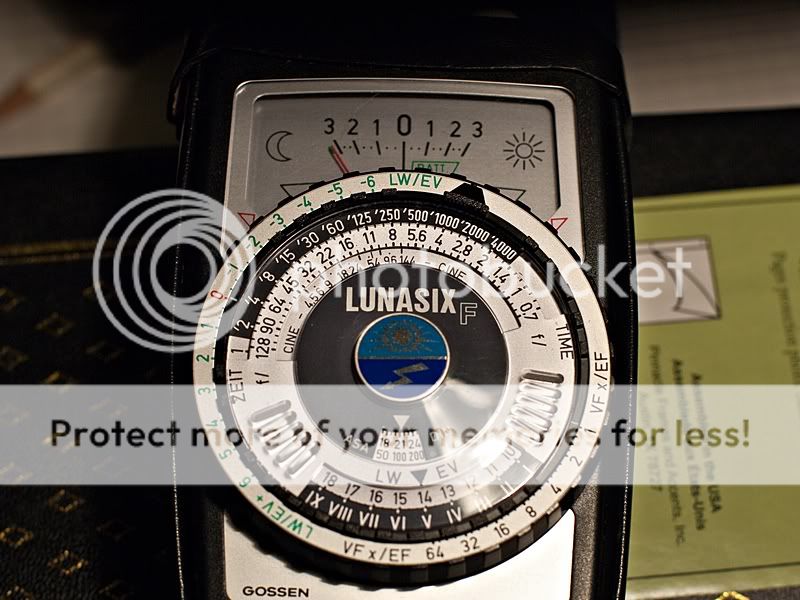- Joined
- Apr 9, 2009
- Messages
- 41,401
- Reaction score
- 5,706
- Location
- Iowa
- Can others edit my Photos
- Photos OK to edit
How long have you been involved with doing landscape photography?2.7 to shoot landscape? Thats unheard of, till now..
How long have you been involved with doing landscape photography?2.7 to shoot landscape? Thats unheard of, till now..
How long have you been involved with doing landscape photography?2.7 to shoot landscape? Thats unheard of, till now..

Okay, so here's my problem.
I know I'm borderline retarded, but this just bugs me.
I went out to the lake to take some pictures of the sky, but wanted the water in it too. It was windy so the water was ripply, and I wanted it to be smooth.
Here is the picture I got.
F8 (Highest it goes)
ISO-80
1/3
PLUS Triple stacked ND filters. ND2, ND4, and ND8.
Shot in full manual.
So basically, is it not possible to get a long exposure picture in semi-bright situations?
I was told ND filters would fix this.

The discussion has shifted. It's not about C&C on dogged photos, it's about your understanding how to correctly expose a shot. The camera is not at fault, you are. Until you get that through your thick skull...... "cool pix dude", can be heard from your friends.Alrighty, I'll get it back from her today.
Anyone have some C&C on the ones I posted up, aside from what's already been discussed?
